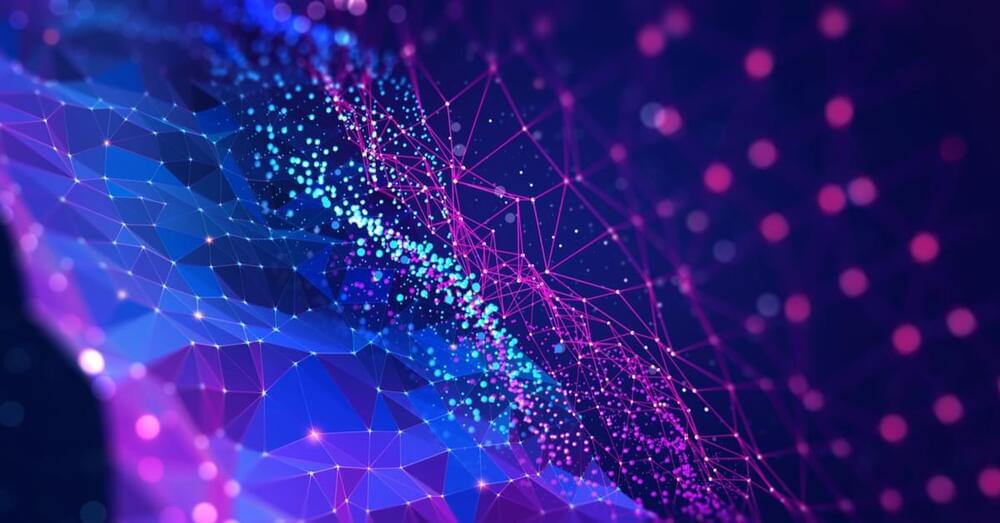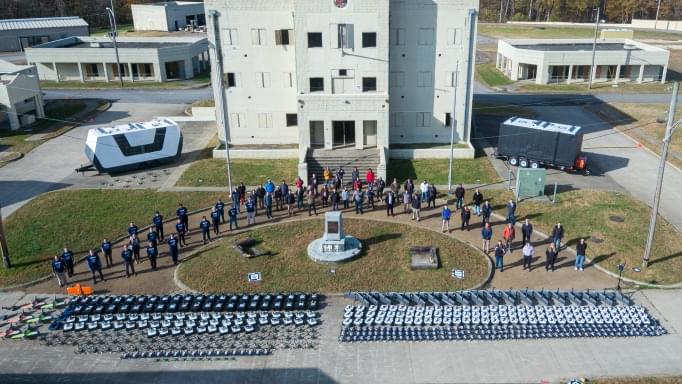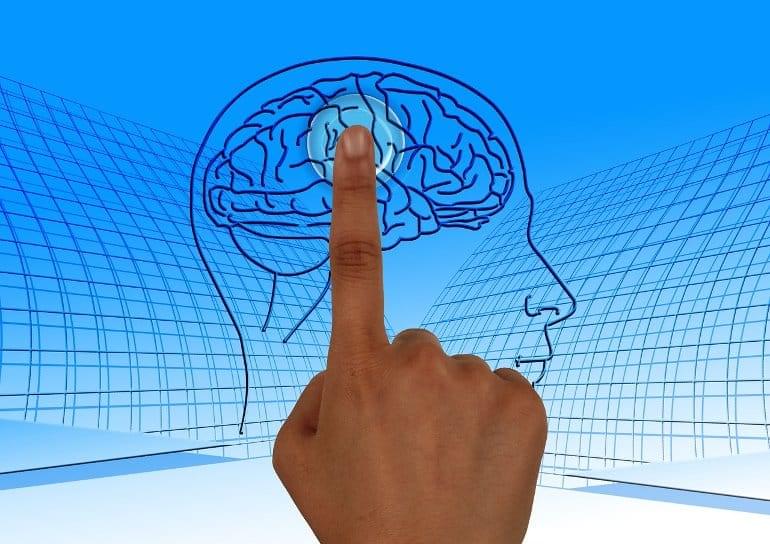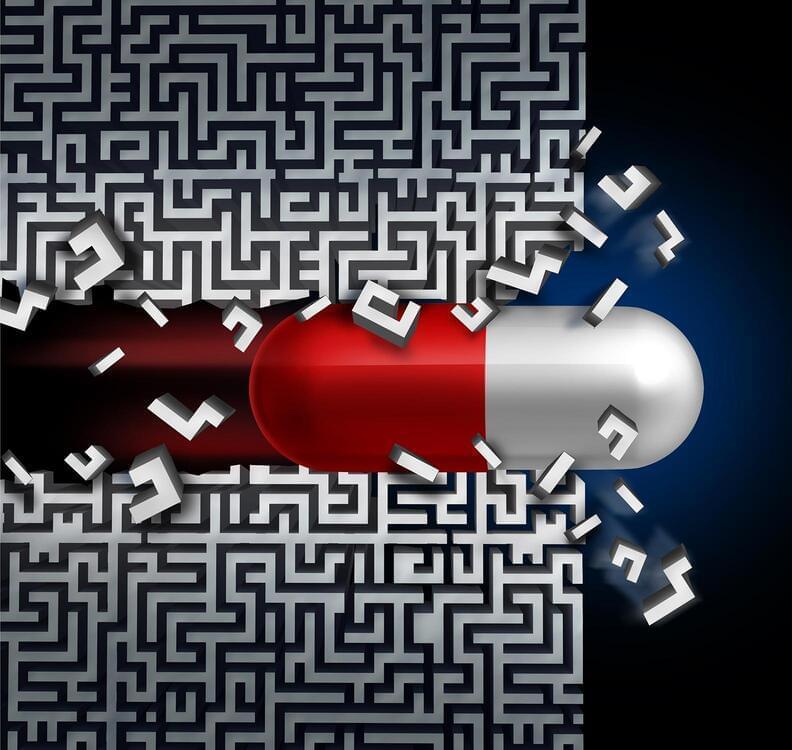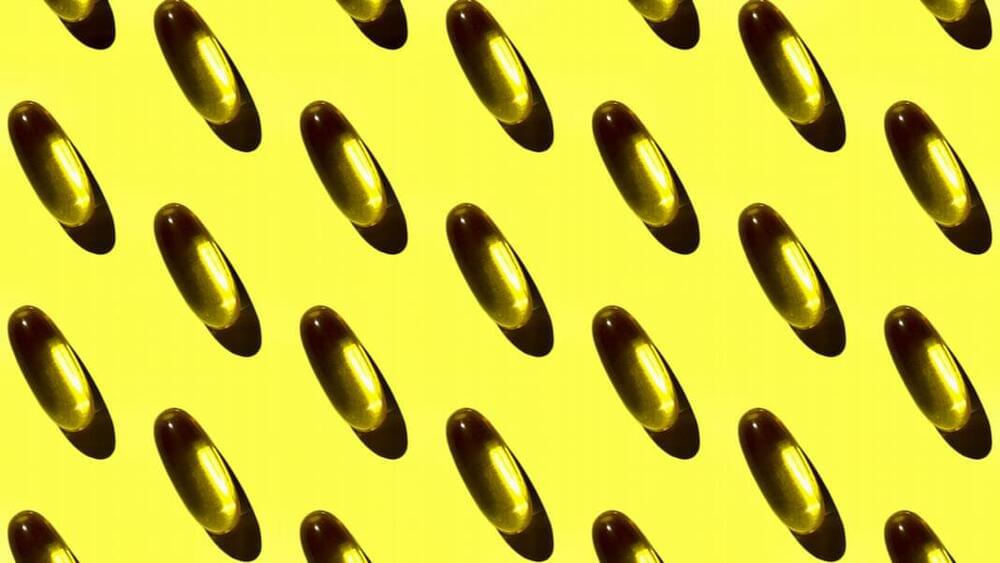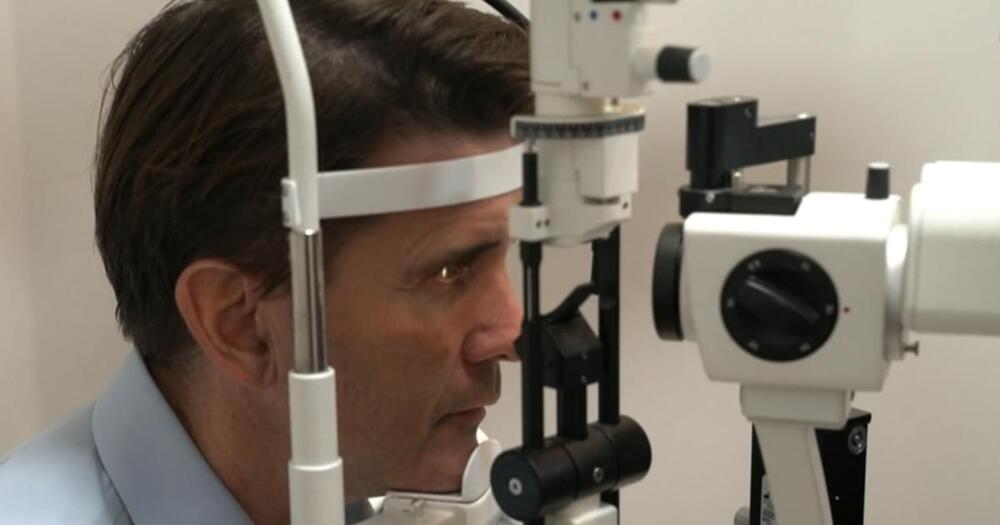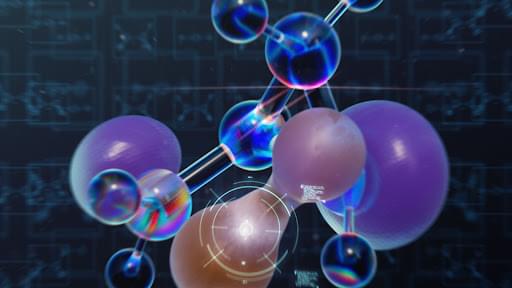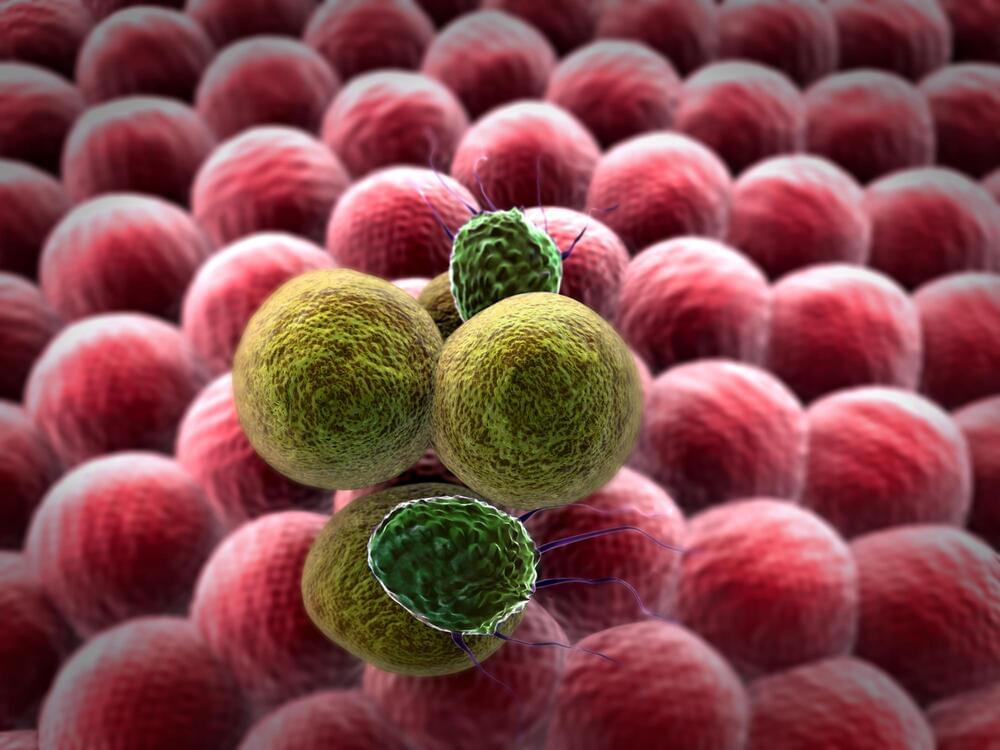Researchers at the University of Texas have discovered a new way for neural networks to simulate symbolic reasoning. This discovery sparks an exciting path toward uniting deep learning and symbolic reasoning AI.
In the new approach, each neuron has a specialized function that relates to specific concepts. “It opens the black box of standard deep learning models while also being able to handle more complex problems than what symbolic AI has typically handled,” Paul Blazek, University of Texas Southwestern Medical Center researcher and one of the authors of the Nature paper, told VentureBeat.
This work complements previous research on neurosymbolic methods such as MIT’s Clevrer, which has shown some promise in predicting and explaining counterfactual possibilities more effectively than neural networks. Additionally, DeepMind researchers previously elaborated on another neural network approach that outperformed state-of-the-art neurosymbolic approaches.
